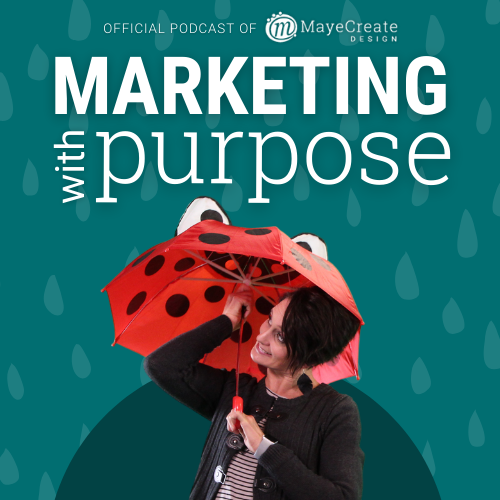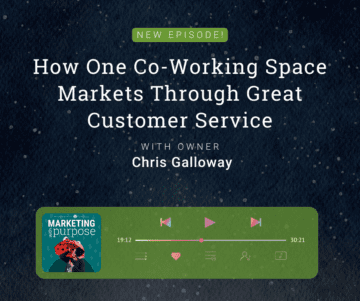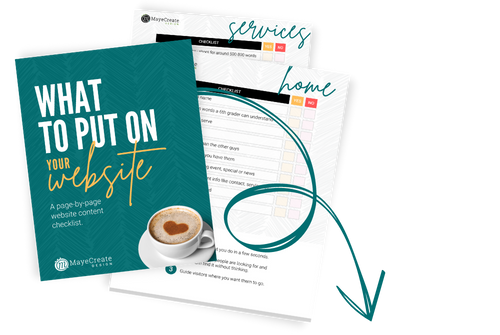Healthcare: Clear Communication With Your Target Audience
August 14, 2014
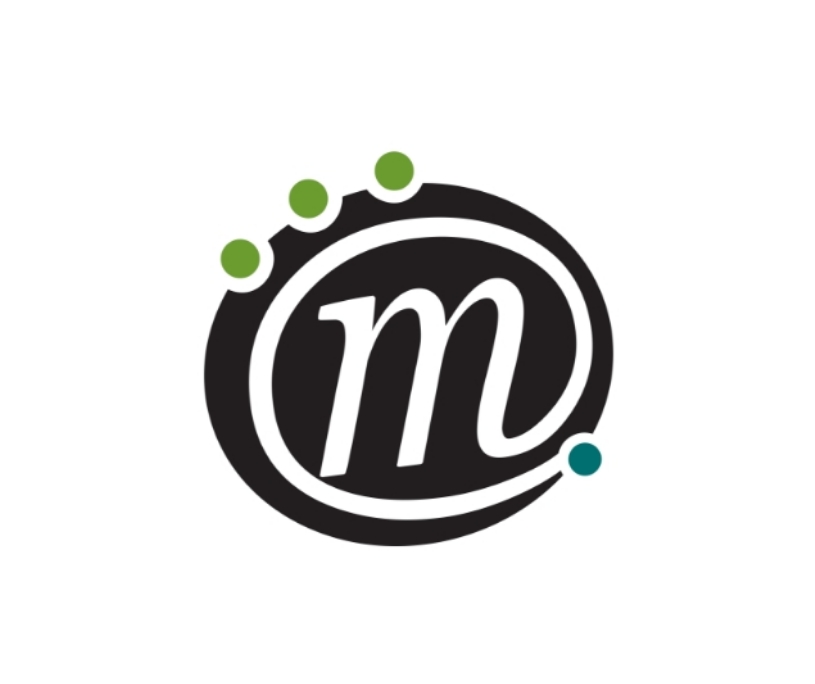
CONSUME CREATIVELY
This content is available in:
This content is available in:
TEXT
A study done by National Institutes of Health states that 90 million Americans “have limited health literacy” meaning they struggle to understand information about health, whether it’s presented to them orally or written out. If that’s the case, how do we bridge the gap of clear communication between health care providers and their patients?
Main Issues
The Department of Health and Human Services lists four main reasons why health care information is difficult for patients to understand:
- Information presented was too complex.
- Information presented had medical jargon or scientific words unfamiliar to the patient.
- Basic demands of navigating through the healthcare system was confusing or difficult for the patient.
- Literacy levels varied between individuals and most of the information presented was not accommodating to those needs.
Solutions
Language Diversity
Redline Language Services noted that 1 out of 5 people living in the U.S. speak a language other than English. Keep in mind, over 300 different languages are spoken within the U.S. In order to fully accommodate patients, health care providers must be prepared to present materials or provide care in a variety of languages. Hiring a diverse staff could benefit your business greatly.
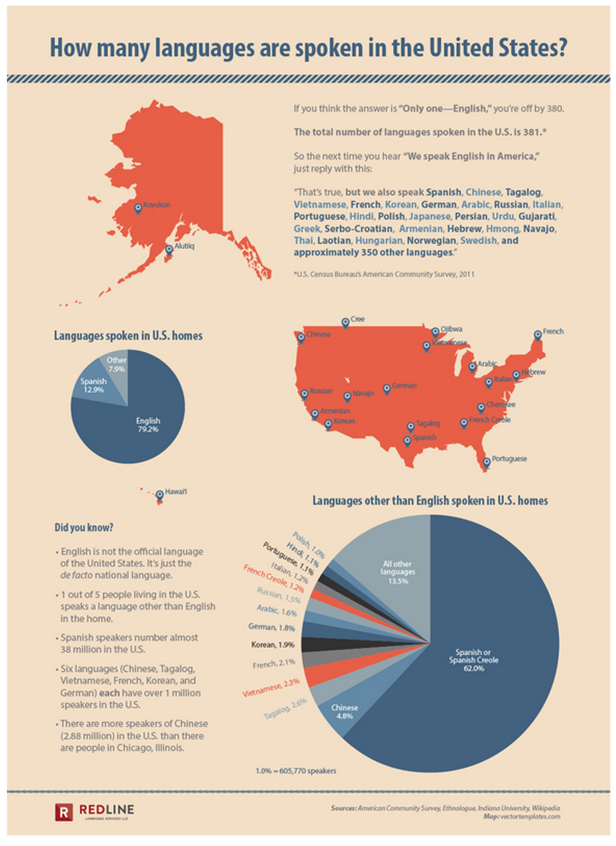
Image from Red Line Language Services
Plain Language
Even if you bridge the language gap, the terminology used by health care providers may be above the average comprehension level of the patients. National Institutes of Health suggests four steps for communicating in plain language with your patients:
- Organize Your Information: State the most important information at the beginning of your conversation or written content.
- Break down Complex Information: Breaking down the information allows the patients to more easily comprehend the details. Between portions of content they’ll feel more at ease and prepared to ask questions.
- Use Simple Language: Utilize simple terms to explain what is going on. It is okay to reference medical terms, but make sure you first explain the information in a simple fashion for the patient to grasp.
- Use Active Voice: A patient’s situation is happening in the present moment.. Explain the situation or circumstance in the present tense so they understand what is going on now rather than what happened in the past.
Be Concise
In any given medical situation, patients want immediate information. When speaking with your patient, remember this: keep your sentences short and direct to save your patient from unneeded anxiety. This rule is the same when writing health care information. No matter what form of communication you choose, try to be as concise and to the point as possible.
Repeat Key Points
When dealing with difficult news, most people start to tune out vital information presented to them. Restate key points to patients and their loved ones, making sure they understand what it is you are trying to say. The Institute for Healthcare Communication said that 25% of “Americans report(ed) that they did not follow their clinician’s advice. Why? ” 7% did not understand what they were supposed to do and 25% found the instructions too difficult to follow.” Consider writing down key points in the simplest of terms before they leave. In case they are too overwhelmed to remember what you said, at least they’ll have a written reminder later on.
Encourage Participation
Whether it’s pausing between presented information to check if your patient has inquiries or placing a “Contact Us” page on your website, make sure you encourage patients to ask questions. By encouraging patient participation, you are opening the doors for clear and flowing communication between you and your patients. This could be a great opportunity for your company to publish blog posts responding to frequently asked questions. This not only keeps the flow of communication open, but it also ensures your audience that you care about their wants and needs.
Cultural Awareness
Similar to language barriers, cultural awareness can present difficulties within communication. Due to various morals, beliefs or cultural practices, healthcare providers need to be aware of their patient’s needs. It is important to take the time to understand who your patient is. Know your target audience well enough to speak to them and market to them on their level. By doing so, it will also showcase that you are a doctor who genuinely cares about the health and safety of your patient.
[hs_action id=”9190″]
Who Manifested This Madness?

This fabulous human, that's who.
Monica Maye Pitts
Monica is the creative force and founder of MayeCreate. She has a Bachelor of Science in Agriculture with an emphasis in Economics, Education and Plant Science from the University of Missouri. Monica possesses a rare combination of design savvy and technological know-how. Her clients know this quite well. Her passion for making friends and helping businesses grow gives her the skills she needs to make sure that each client, or friend, gets the attention and service he or she deserves.


